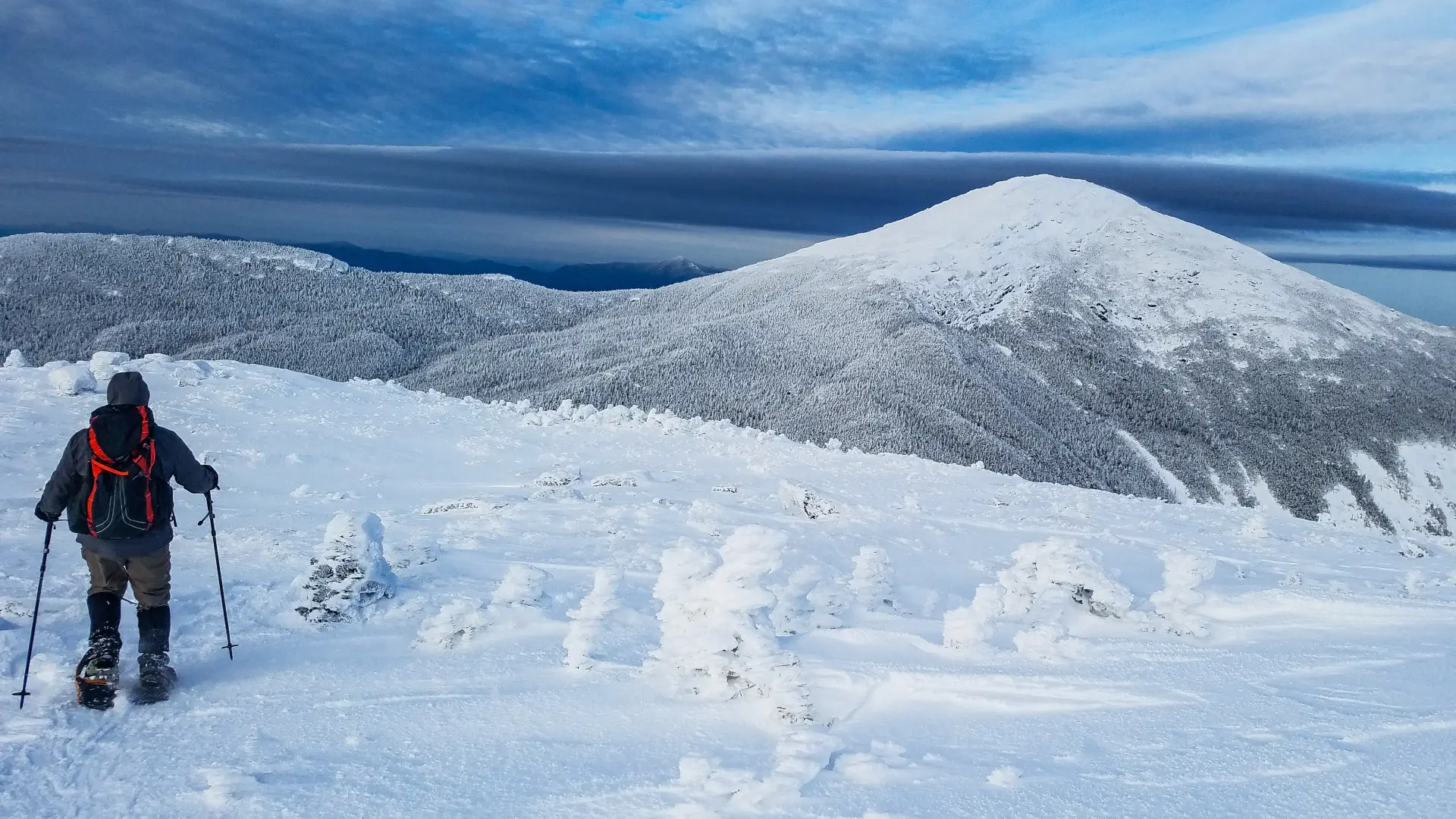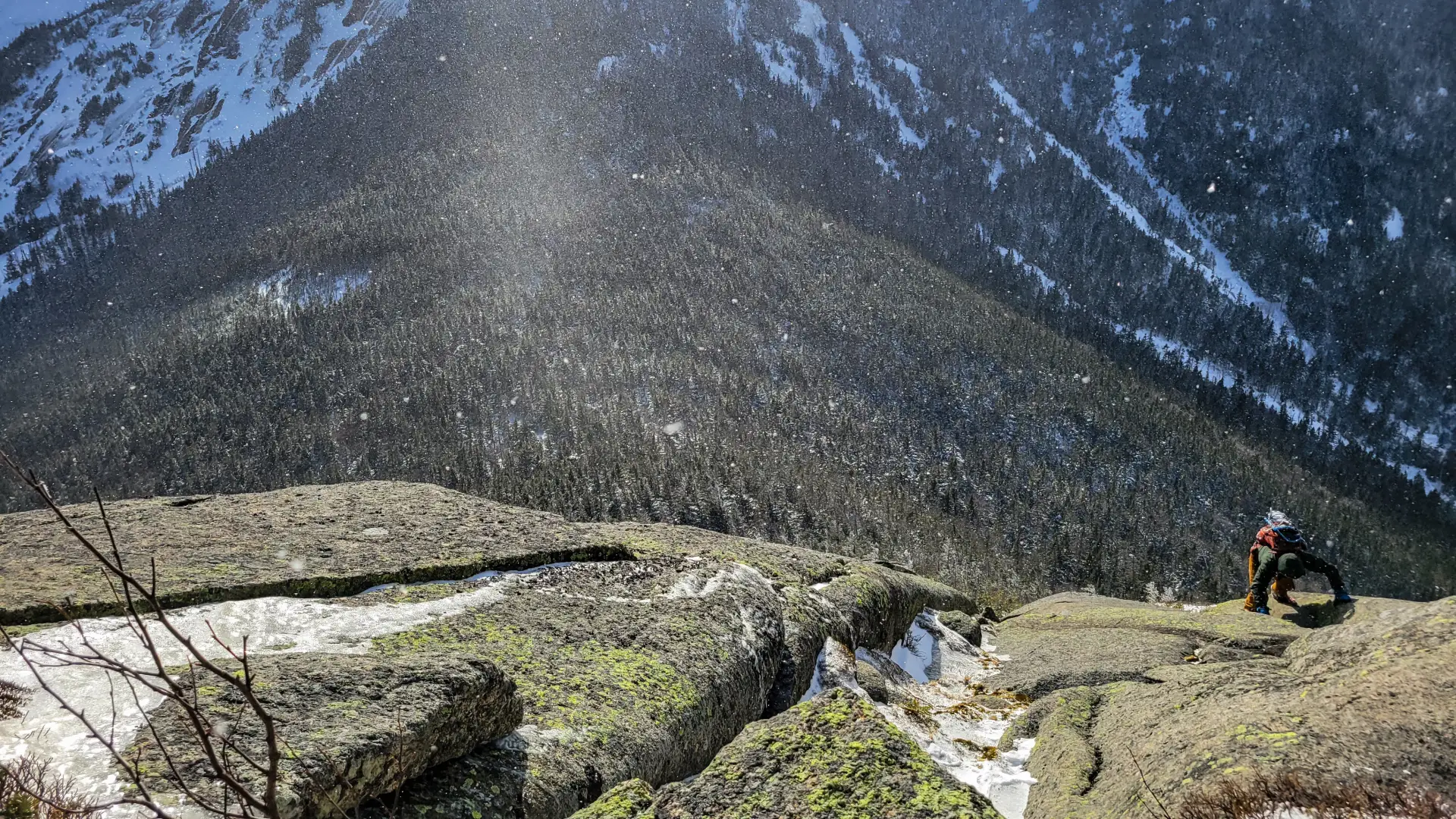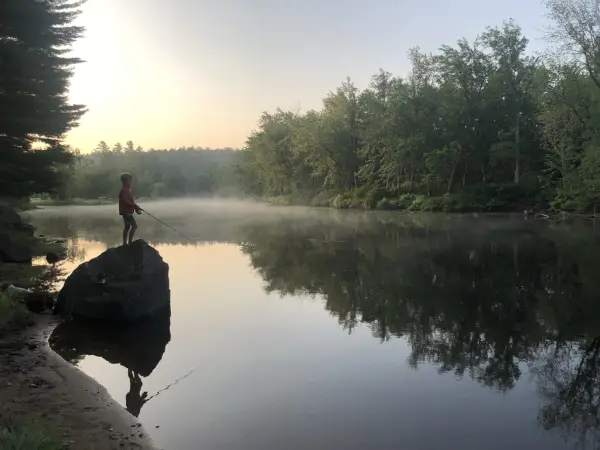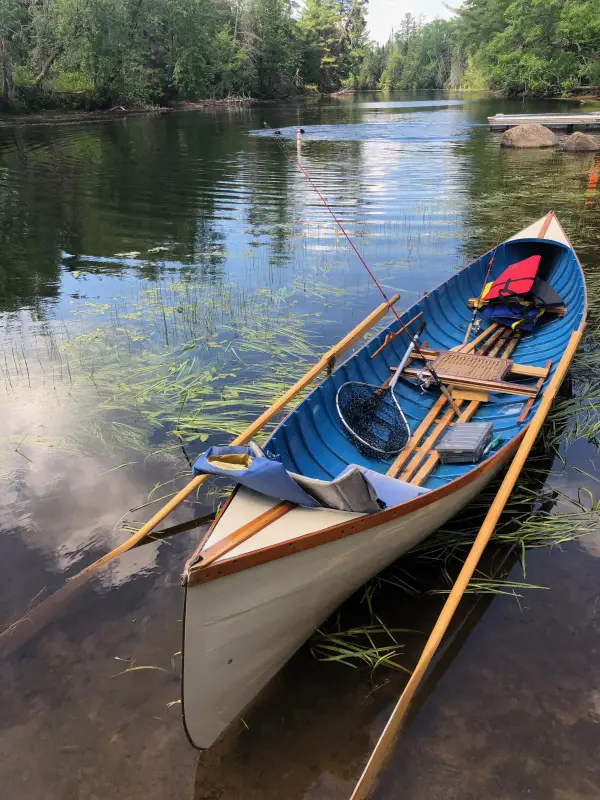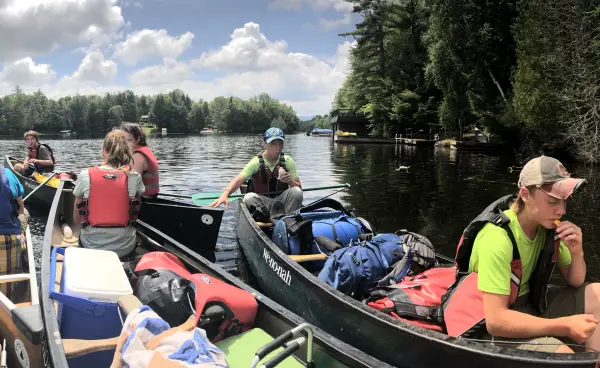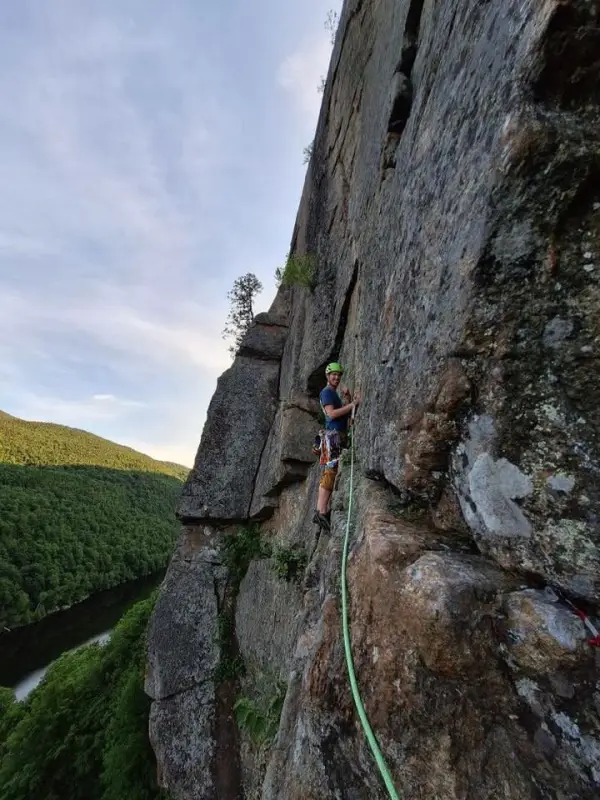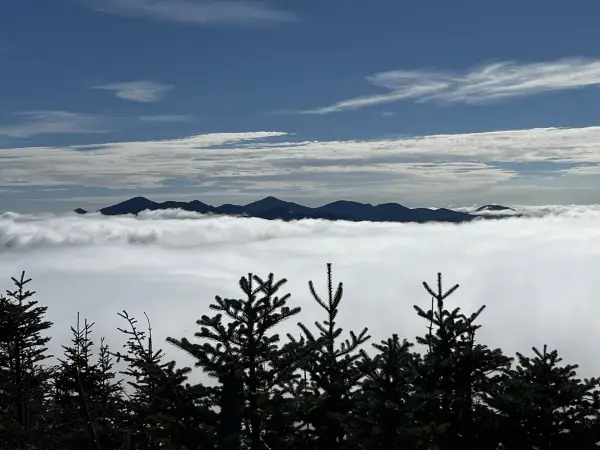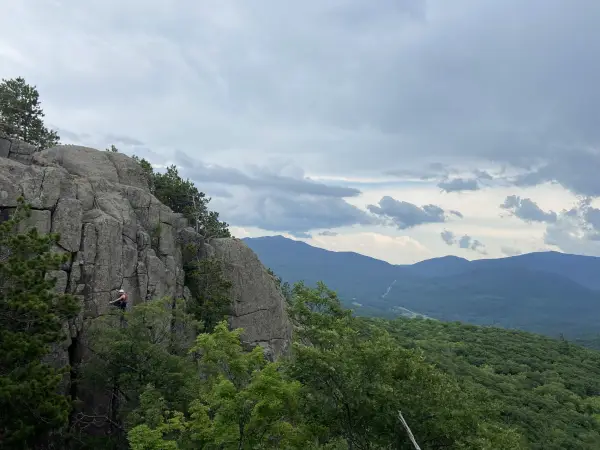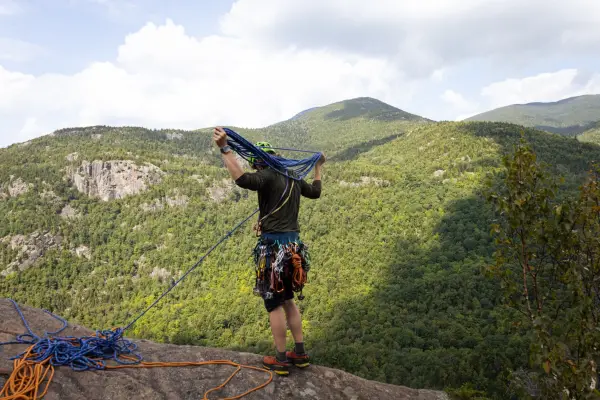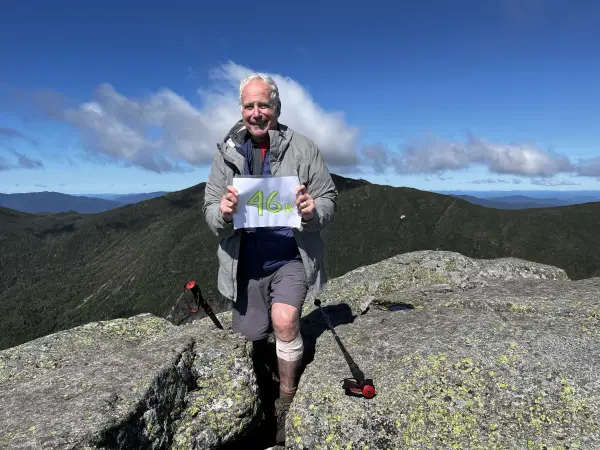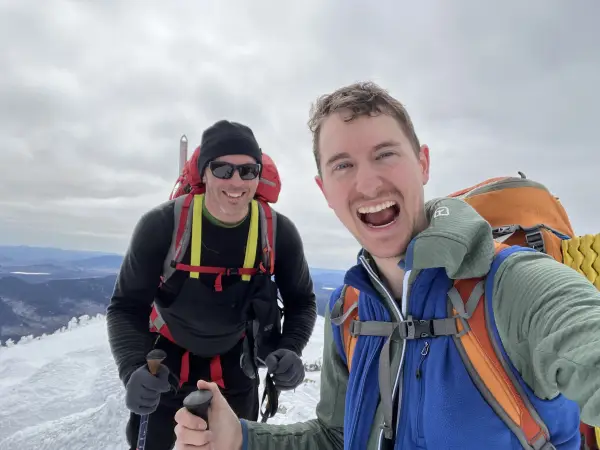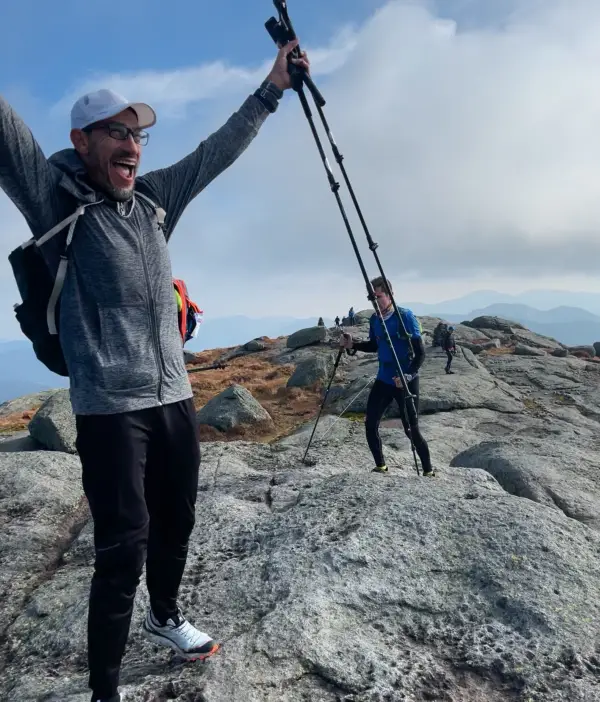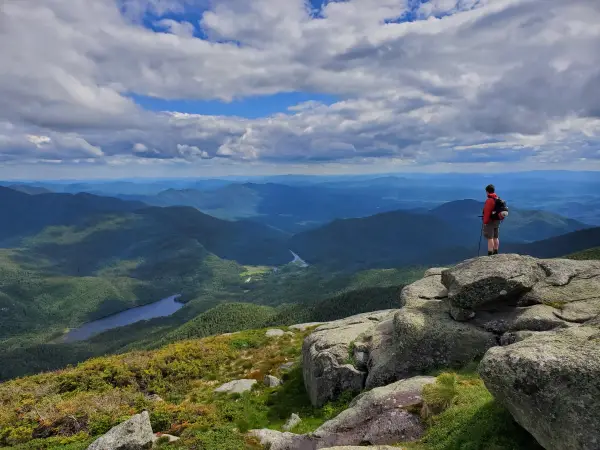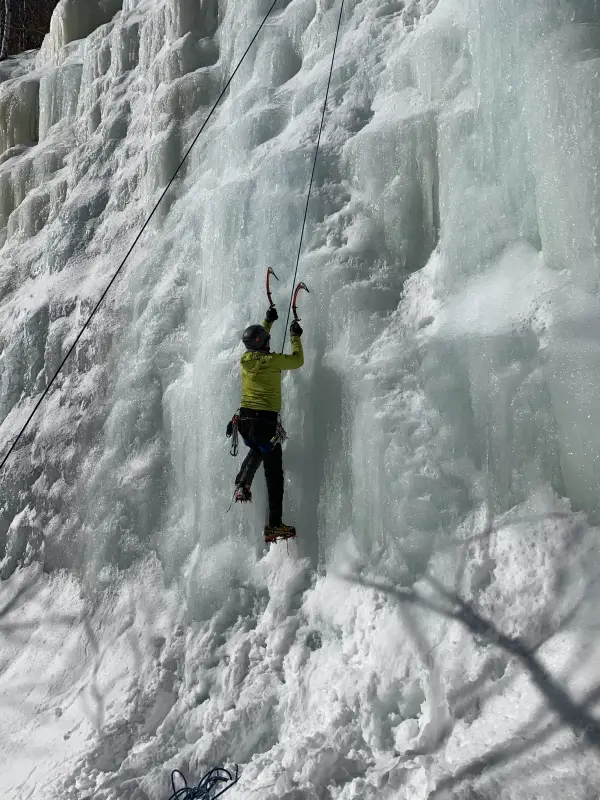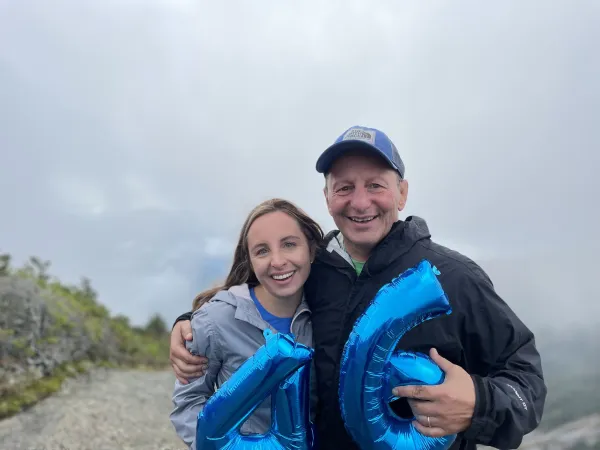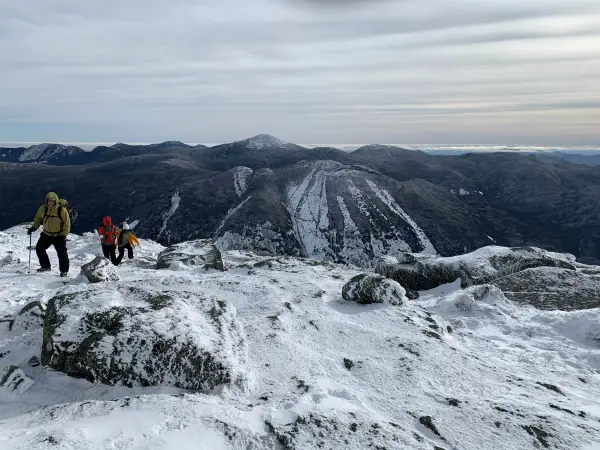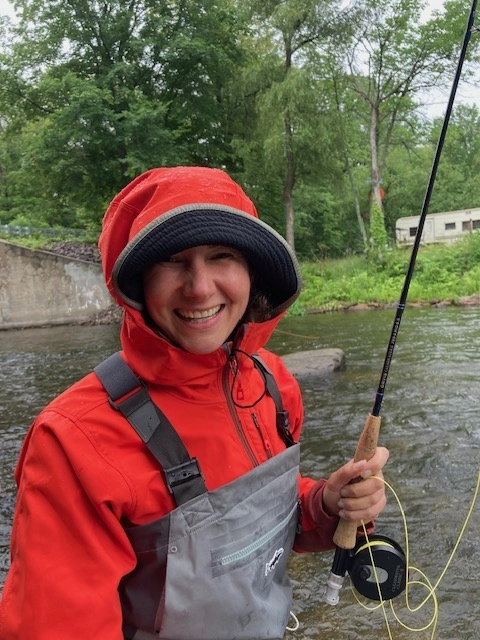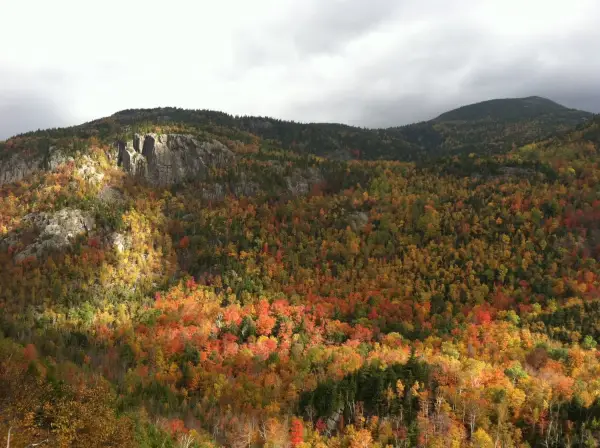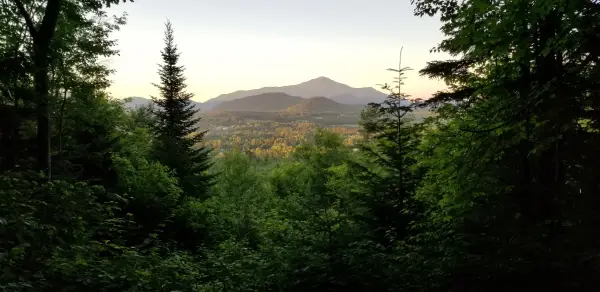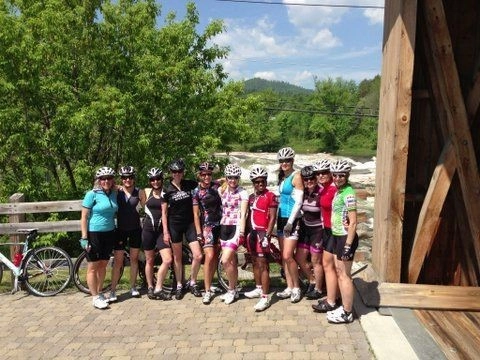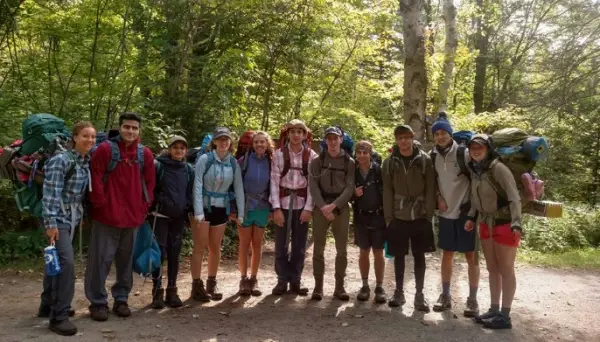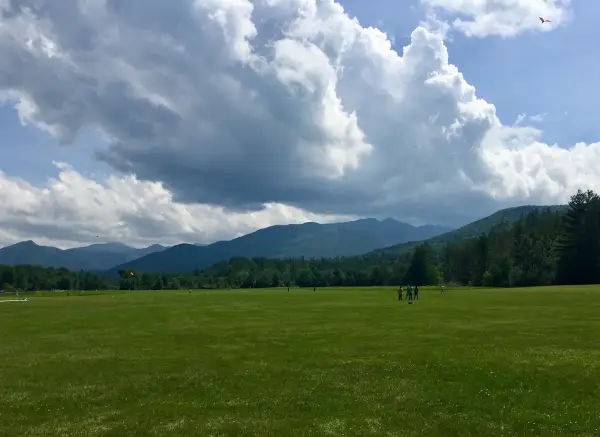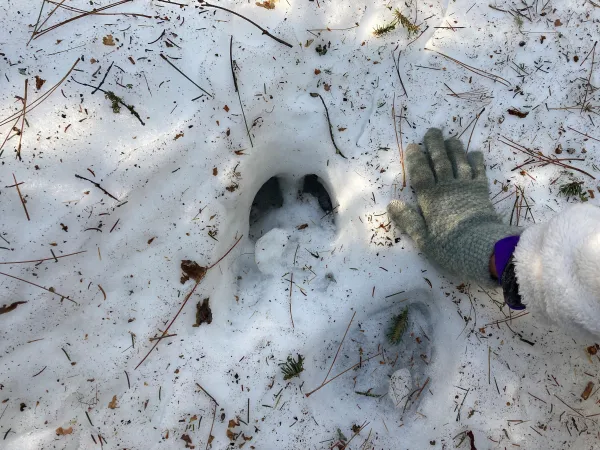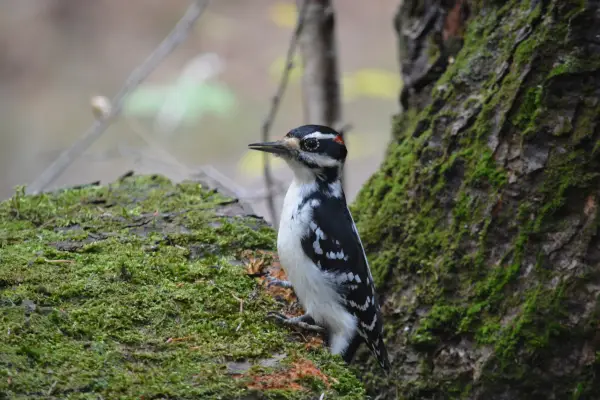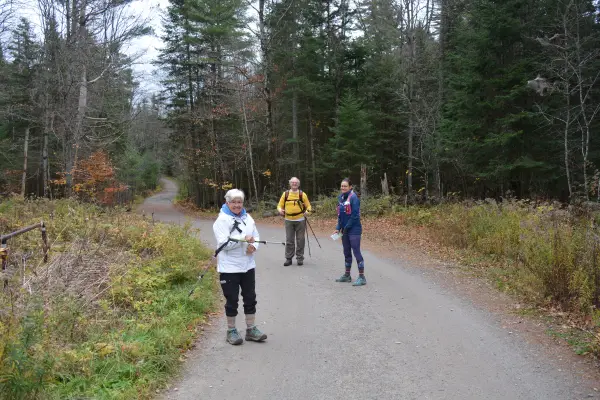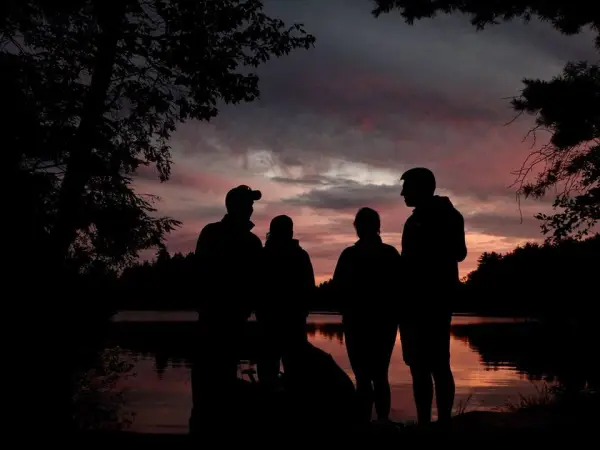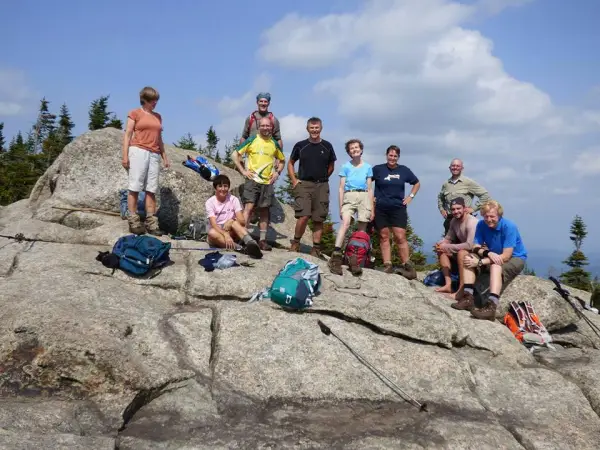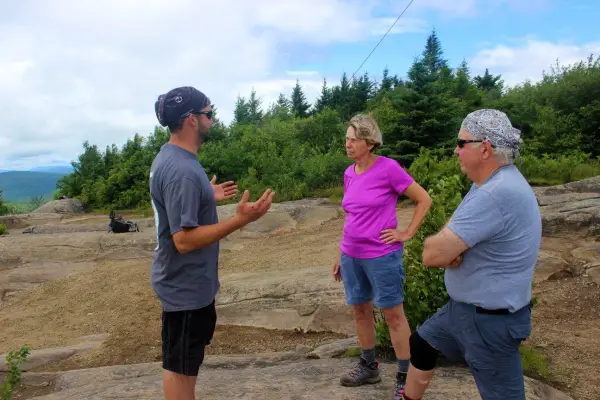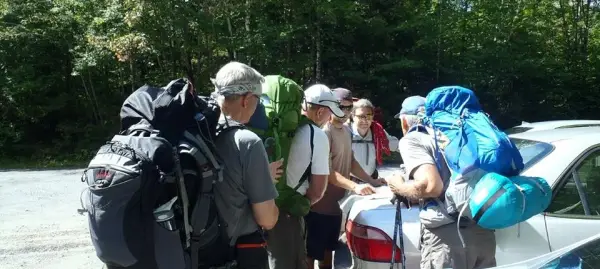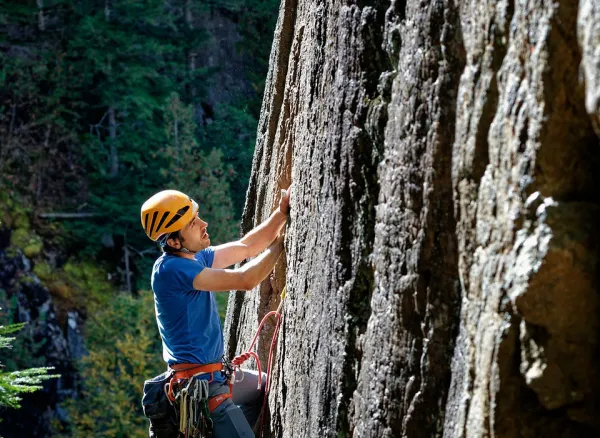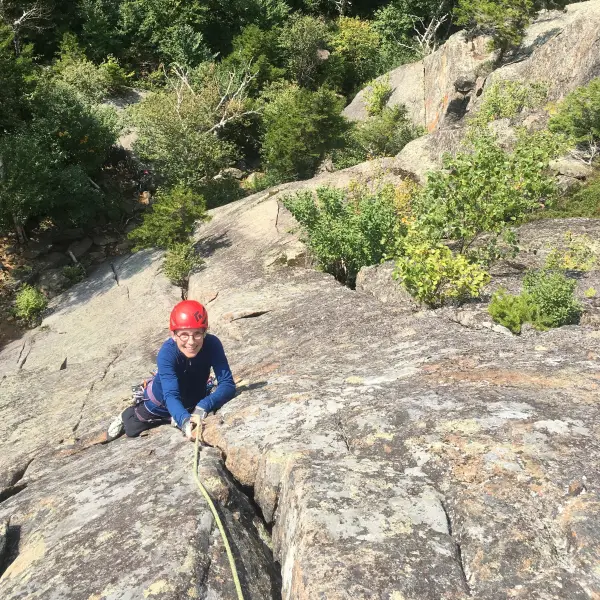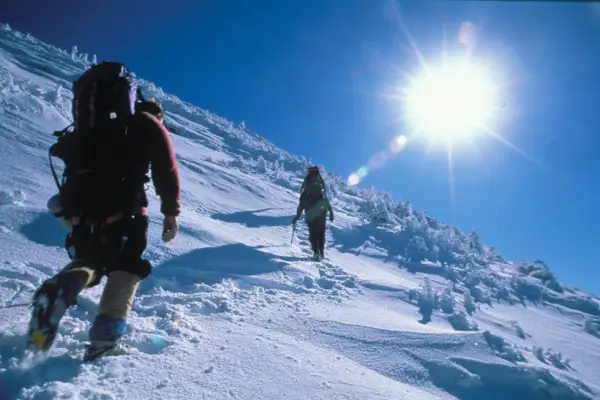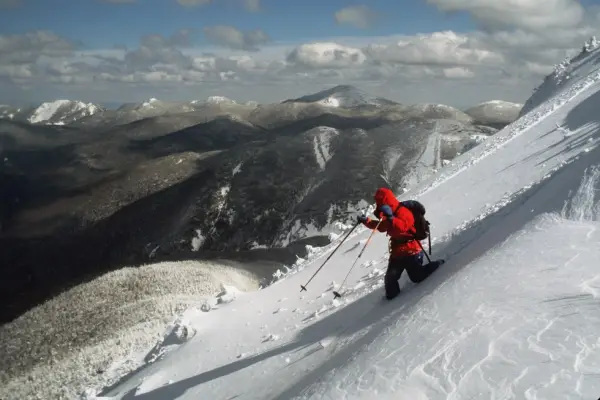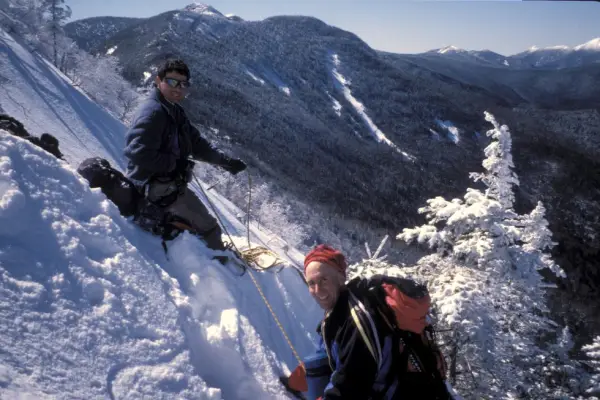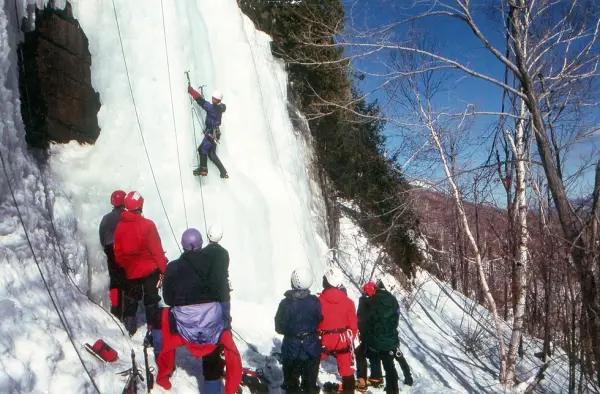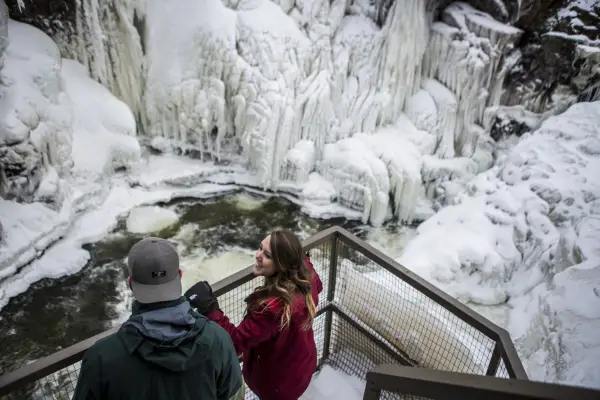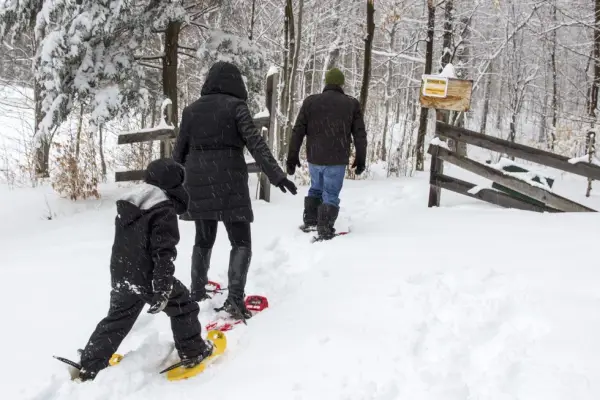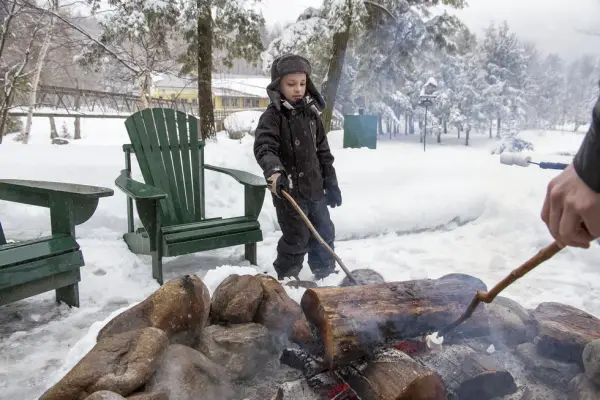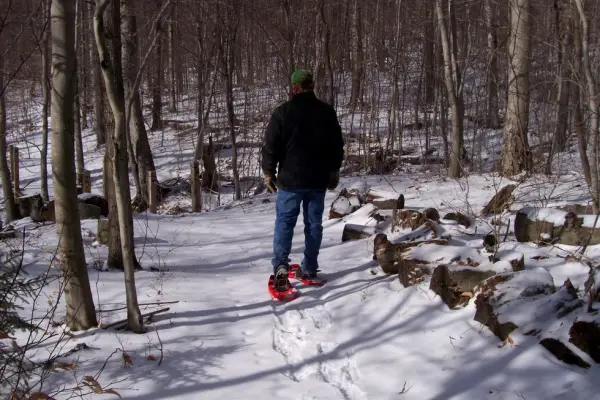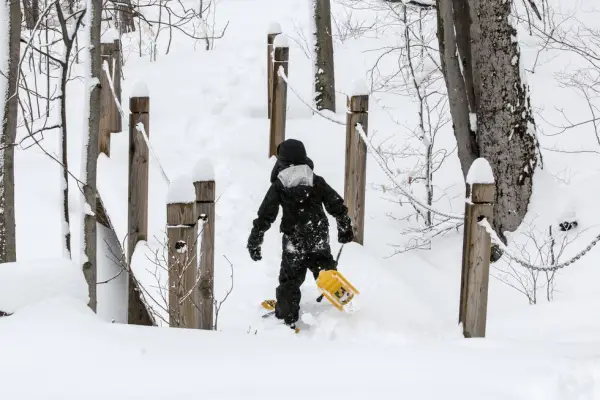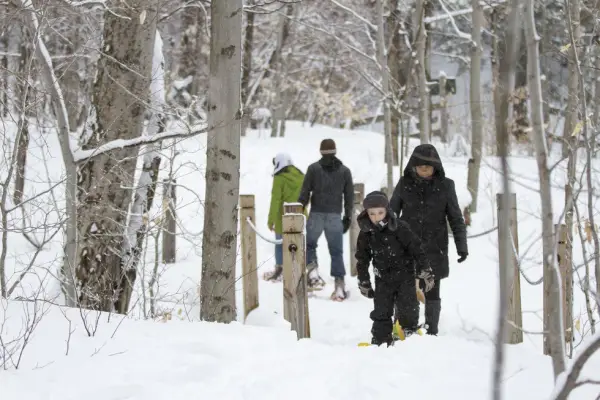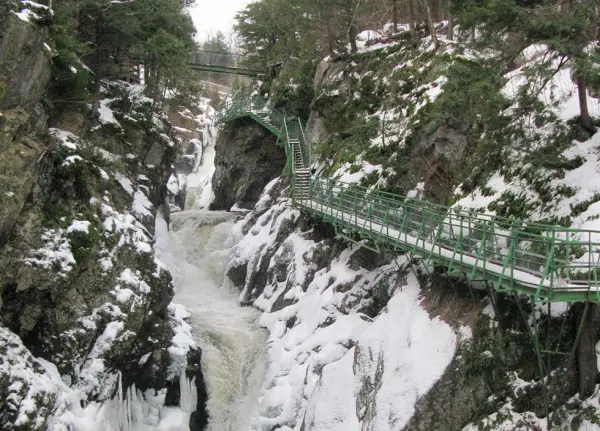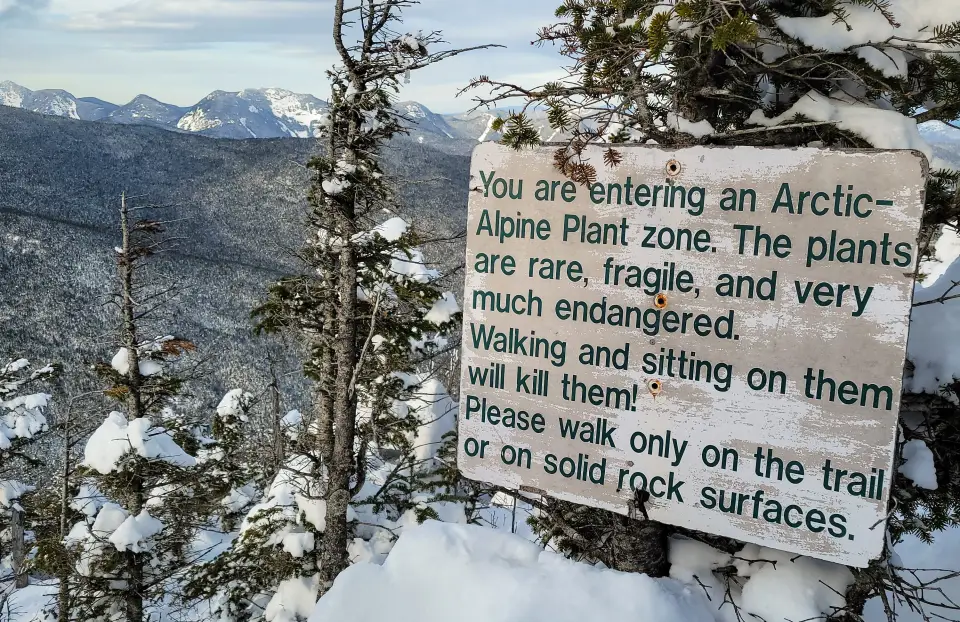
The High Peaks in winter can be very intimidating to some climbers who have limited or no winter experience, others may get a bit too confident in their perceived abilities. However, if you make the correct choices it shouldn’t be overwhelming and your chances of a safe climb, success, and fun, increases exponentially.
High Peaks in the winter are imposing missions and shouldn’t be your first winter hikes. Many of them require more than all of the daylight hours in the mountains, and are well over 15 miles round trip. With any winter hike, there are a few things to keep in mind: Am I equipped with the correct gear? How am I going to protect myself from the cold? Am I layered properly to stay warm (core, hands, feet, and head)? Do I have the proper nutrition? What’s the weather? Did I tell people where I was going? But just as important, consider if you have the ability to tackle a High Peak, or if you should get a couple smaller peaks under your belt first.
Know your limits
The only way to truly know your winter limits is to get out there and do a bit of snowshoeing. Test some new gear, see if you have your layering down, do some hikes that are not quite demanding, and work your way up.
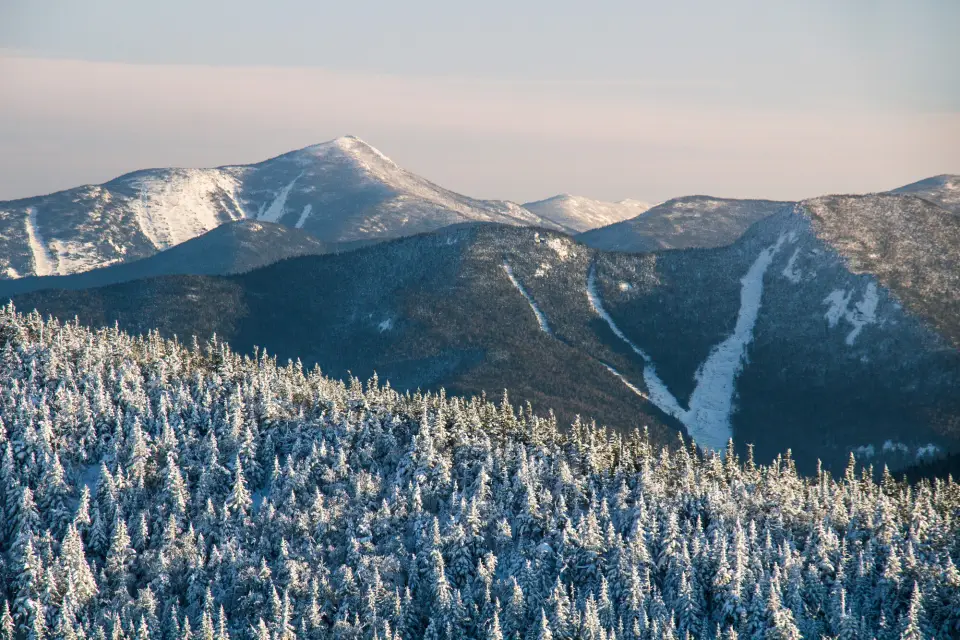
Great first High Peaks
Cascade and Porter Mountains are the most climbed of the High Peaks and quite often a person's first - it should be the same in winter. These peaks will get the ball rolling with a shorter hike, with steep sections, and a true above tree line feel and conditions. Phelps Mountain is a bit longer at just around 9-miles roundtrip, but it also is a bit more demanding at the end with very steep terrain. Wright Peak might test your limits for a first High Peak, but it’s not out of reach for many first timers. The climb is long and steady with a large amount of time above tree line. Tabletop Mountain would be the perfect first “trailless” High Peak to start with. While the climb and hike are a bit longer than the others it gives you an idea of what the herd paths are like in the winter, and is also highly trafficked.
There are others that you might consider if you feel you're up to a slightly larger challenge like: Esther, Big Slide, Street and Nye, and Upper and Lower Wolf Jaw Mountains (although the Wolfjaws can be very icy). Again, these might be better 2nd or 3rd peaks as you build experience, get a grip on your abilities, and a handle on gear and layering.
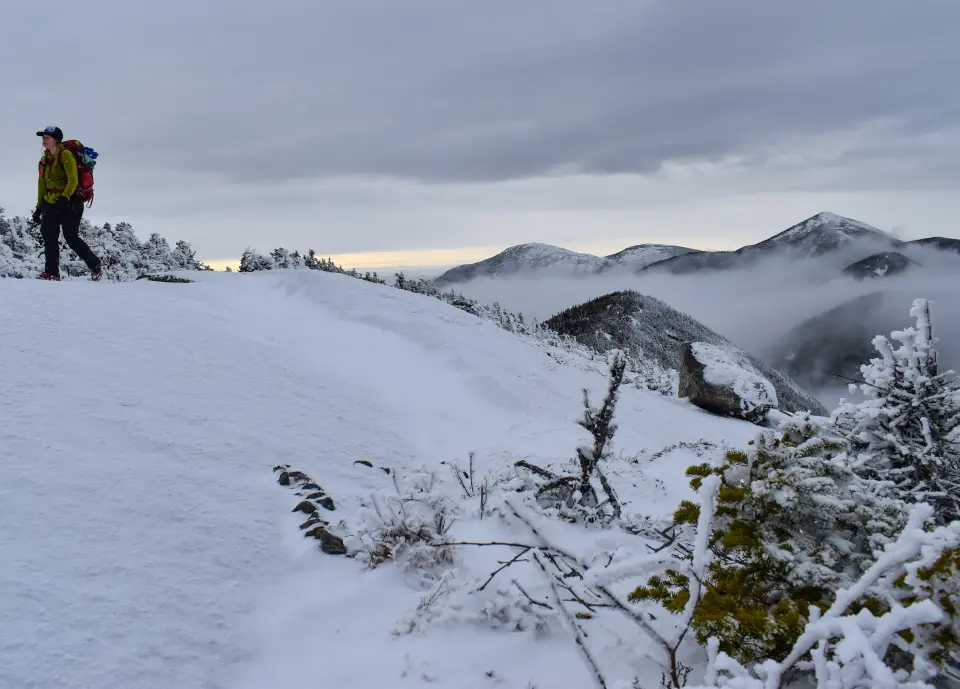
More difficult High Peaks
Some serious long days will eventually come when you tackle Haystack, Basin, Saddleback, Gray and Skylight, Cliff and Redfield, the Dix Range, the Santanoni’s, the Sewards, and Allen. With winter climbs like these, it may be required to start before the sun is up and finish long after the sun has gone down. This is normal, and a headlamp or two with extra batteries is necessary, along with more specialized traction devices like crampons.
The good news is a typical winter High Peaks climb will make you burn a lot of calories. That means - eat up and enjoy a lot of good food along the way. Along with that, you might not think you have to drink as much as you do in the summer, but you should be drinking a ton of water along the way! Put that water bottle in a warm sock and upside down in your backpack to prevent freezing, and avoid water bladders.
Please be sure to visit each page for the peaks you plan to climb, use multiple sources, ask the experts, and be prepared for every condition.
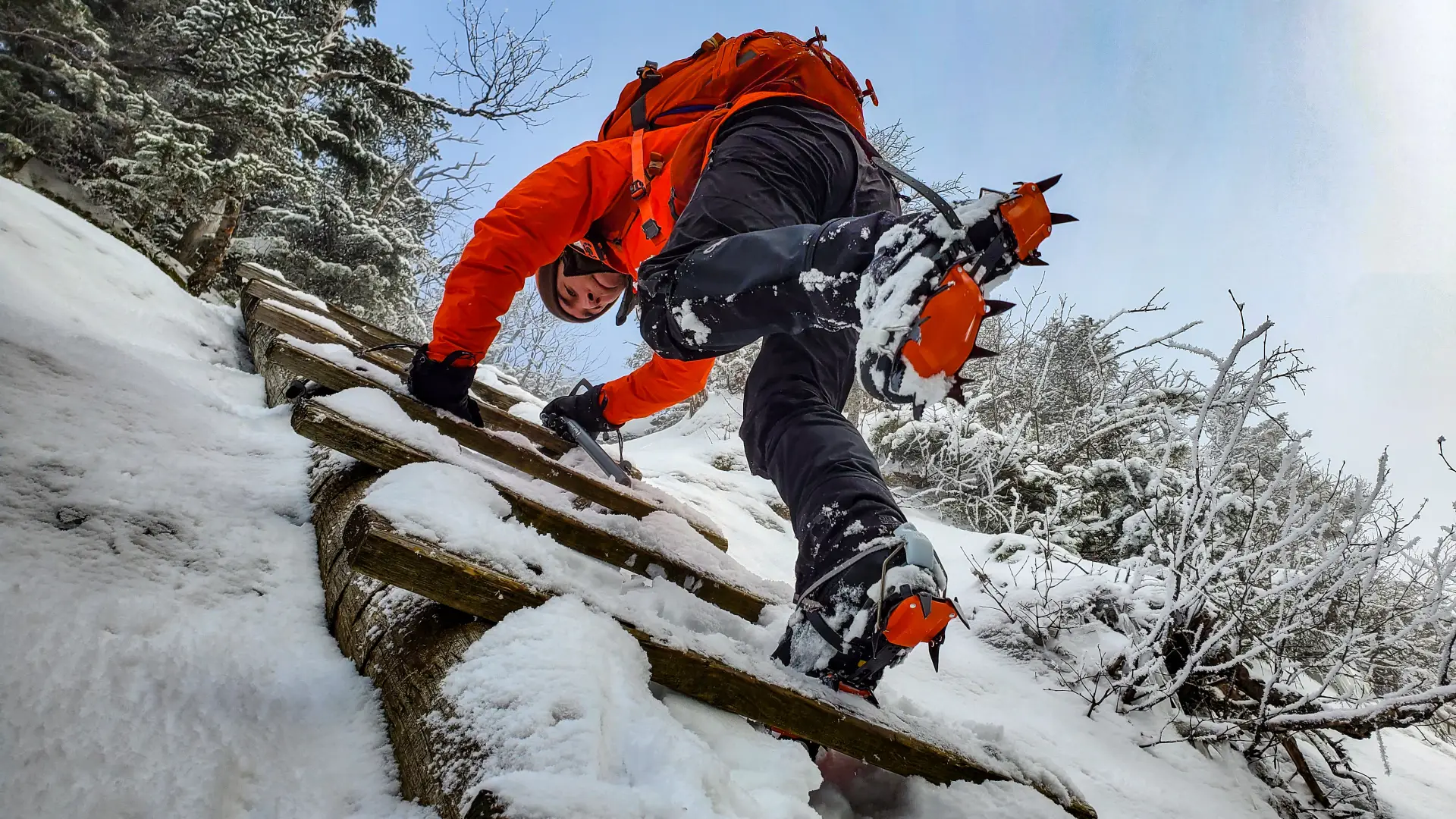
6 High Peaks winter hiking tips
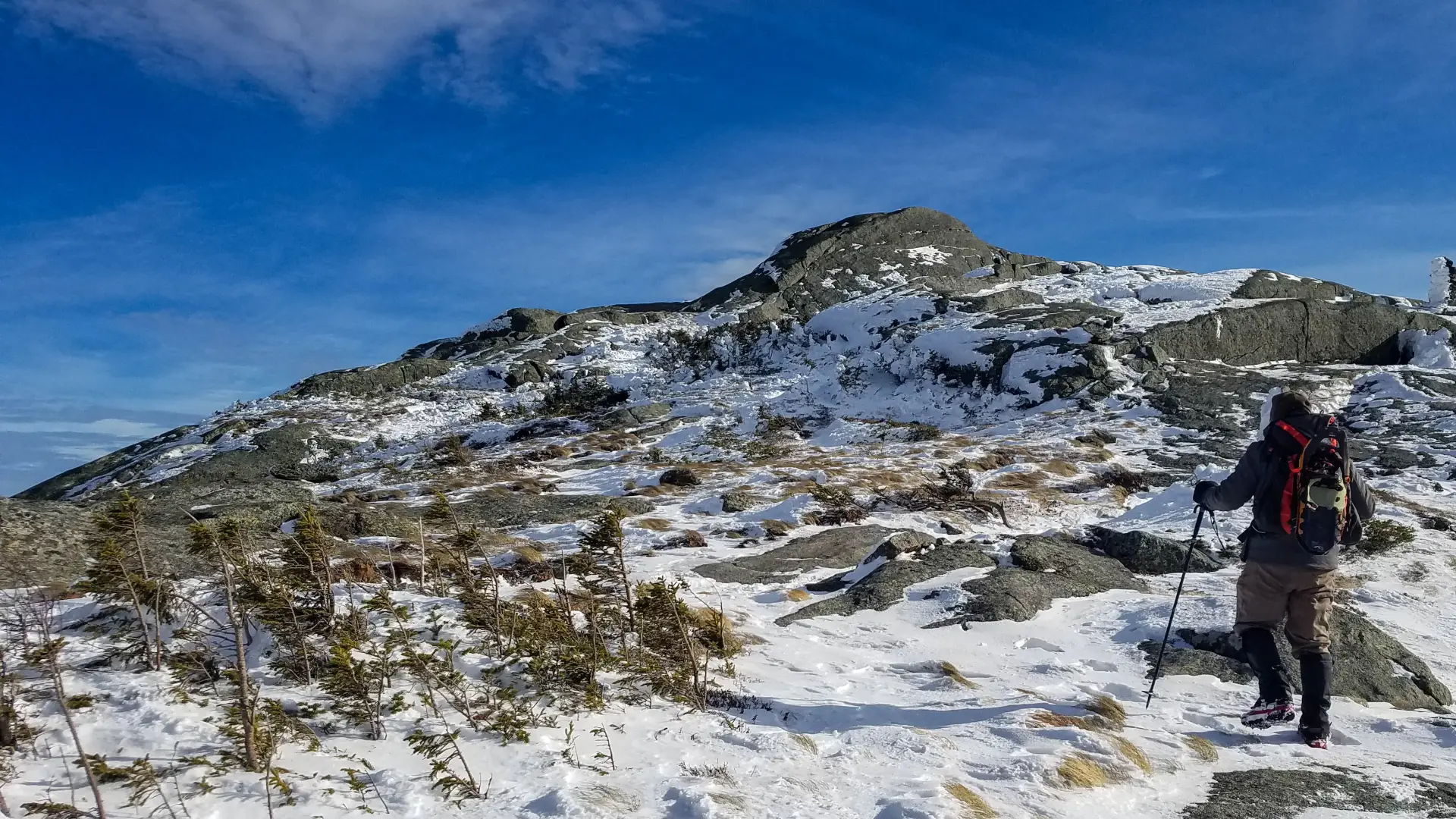
Winter hiking preparedness
Frequently asked questions
If you get lost or injured, keep calm and stay put. If you have cell service, call 911 or the DEC Forest Ranger Dispatch, 833-NYS-RANGERS (833-697-7264).
To qualify as a winter hike towards your 46er patch, it has to be between December 21 - March 21. Now, this doesn't mean that outside of those dates you'll not have winter conditions (very much the opposite!).
Sometimes! While it isn't required, if you have the skills and equipment, it can turn a very long day into a doable multi-day trip. However, this should only be attempted by experienced winter campers, as conditions in the High Peaks during the winter are dangerous.
Since you can't dig a cathole like in the summer months, you will have to carry out your poop, or go in a privy or thunderbox.
Here is some helpful information for how to carry out your waste in the winter.
